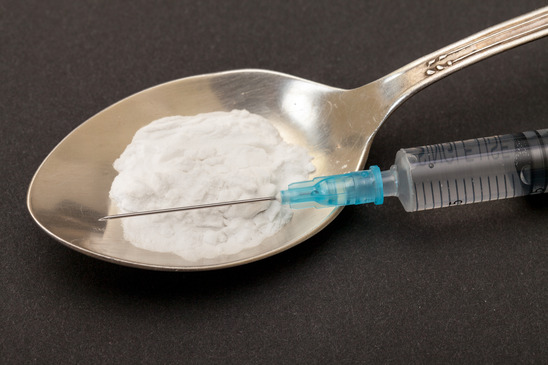Heroin Rise
 The number of people in Tulsa County seeking treatment for heroin and opiate use has doubled over seven years, state data shows, but local law enforcement say the drug accounts for a small percentage of their narcotics cases.
The number of people in Tulsa County seeking treatment for heroin and opiate use has doubled over seven years, state data shows, but local law enforcement say the drug accounts for a small percentage of their narcotics cases.
Last year, treatment centers in the county admitted 386 patients who reported heroin and other opiates as their drug of choice compared to 194 users in 2007, according to the Oklahoma Department of Mental Health and Substance Abuse Services. The category accounted for 13.63 percent of the total users in Tulsa County in 2013.
Heroin, derived from the opium poppy, converts to morphine in the human body. The drug is most frequently injected but can be smoked, snorted or used as a suppository, according to the medical information website Drugs.com.
Due to the falling price of heroin and increased regulations on prescription opioids such as oxycodone, opiate abusers are turning to heroin to feed their addiction, Woodward said.
The White House points to Latin America as the primary supplier of heroin in the United States, with Mexican heroin prevalent in areas west of the Mississippi River.
The Tulsa County Sheriff's Office recovered 42 pounds of heroin in March, and nearly 10 pounds of the drug were seized in a Department of Homeland Security raid late last year. Texas authorities discovered six pounds during a traffic stop in which the driver told officers he was transporting heroin to Tulsa.
Smaller amounts have been found during arrests in Claremore and Bixby within the last year.
"We see a lot of it coming through Oklahoma and some of it's staying here ... but most of the drugs coming through Oklahoma are heading east where there's a much bigger problem," Woodward said.
The state, due to its highway system and proximity to the U.S.-Mexico border, continues to be "prime real estate" for Mexican cartels that "will ship anything across the border — whether it's drugs, money, people — if they think they can make a profit," he said.
Tulsa Police Cpl. Mike Griffin of the narcotics unit estimated less than 5 percent of their cases involve heroin.
"It's up from what it's been. It's still not up there with everything else ... still not on the realm of meth and marijuana and cocaine," he said.
The number of drug-related arrests involving heroin are not independently documented, as heroin is grouped in a category with cocaine.
Clients seeking treatment for alcohol and marijuana accounted for the highest percentages of patients statewide and in Tulsa County. Between 2007 and 2013, about 32 percent of Oklahoma clients were alcoholics and nearly 22 percent of clients were users of marijuana or hashish, which are grouped together.
Heroin use in Tulsa County
Percentage of substance abusers who sought treatment for heroin use:
| Year | Percentage |
| 2013 | 13.63% |
| 2012 | 12.78% |
| 2011 | 12.28% |
| 2010 | 8.38% |
| 2009 | 8.79% |
| 2008 | 6.31% |
| 2007 | 6.28% |
Source: Amanda Bland, Tulsa World; Oklahoma Department of Mental Health and Substance Abuse Services